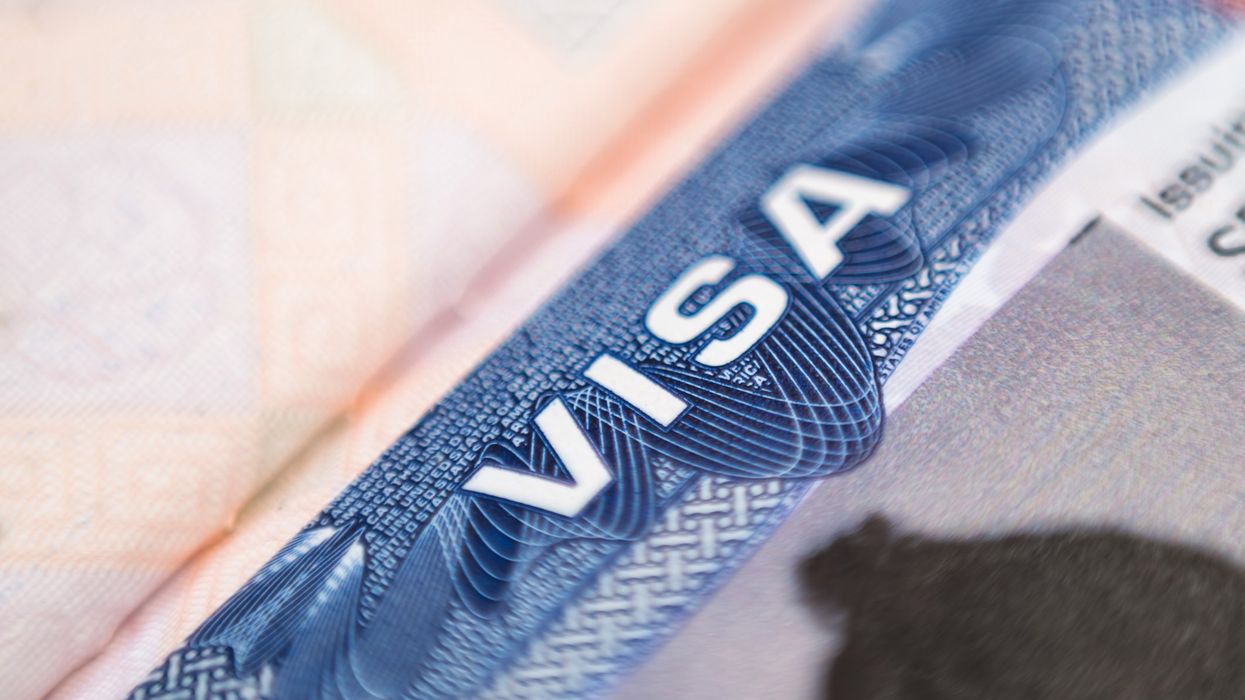Pearl is a clinical professor of plastic surgery at the Stanford University School of Medicine and is on the faculty of the Stanford Graduate School of Business. He is a former CEO of The Permanente Medical Group.
Another year, another damning report for American medicine. In August, the Commonwealth Fund ranked U.S. health care dead last among 11 of the world's wealthiest nations (for the seventh time in seven reports since 2004).
Compared to its global peers, the United States is home to the lowest life expectancy, highest infant- and maternal-mortality rates, and most preventable deaths per capita. Worse, Americans spend twice as much on medical care as their international counterparts in exchange for these rock-bottom clinical outcomes.
Lawmakers are unlikely to solve the problem given the dysfunction that plagues Congress and partisanship that characterizes any possible government solution to our health care problems. However, the good news is that Americans can have greater access to excellent health care, along with effective social programs to tackle homelessness, food insecurity, obesity and other leading causes of illness.
Cue U.S. employers, which currently provide health insurance to 155 million Americans, nearly half the country. Businesses are growing sick and tired of seeing their coverage rates increase 5 percent to 6 percent each year. Absent a legislative solution, the only recourse for U.S. employers is to completely rewire the health care reimbursement model.
Today, approximately 90 percent to 95 percent of U.S. health care providers (doctors and hospitals) are reimbursed on a "fee for service" basis, getting paid for each new test, procedure and treatment — regardless of whether any of it helps patients.
This arrangement drives up health care costs with little or no clinical improvement to show for it. Of course, when physicians and hospitals are rewarded for doing more (rather than doing better), that's exactly what they do. They buy and advertise multimillion-dollar surgical robots that barely move the needle on patient outcomes, and they recommend pricy treatments that often prove ineffective. In fact, a study found one in four health care dollars is wasted.
In contrast to fee-for-service, some of the nation's highest-ranking health care providers rely on an alternative reimbursement model called "capitation." From the Latin caput, meaning "head," capitation refers to a "per-head fee." In practical terms, it works like this: A payer (insurance company or self-funded business) gives a group of doctors and hospitals a fixed, annual, per-patient sum, paid upfront for all health care services rendered each year.
At Kaiser Permanente, a large health care system where I served as a CEO for 18 years, capitation helped our clinicians curb wasteful spending, lower medical costs and achieve the nation's No. 1 quality rating from both the National Committee for Quality Assurance and Medicare. When physicians have incentives to do better (rather than do more), that's what they do. They achieve higher rates of medical prevention, reduce complications from chronic disease and commit fewer medical errors.
As a result, patients who receive care through organizations like Kaiser Permanente are 30 percent to 50 percent less likely to die from heart attack, stroke and colon cancer than patients in the rest of the nation. If every health care provider in the United States matched even the low end of those results, we'd not only save billions of dollars annually, but we'd also save more than a quarter-million American lives each year.
The benefits of capitation don't end there. Prepaid health systems also have natural incentives to invest in "non-traditional" health care programs, aimed at addressing the social determinants of health, thus providing the kinds of public health benefits seen in nations like Norway and the Netherlands.
In Pennsylvania, Geisinger Health provides patients with free transportation to doctors' appointments to remove the barriers to obtaining medical care. Geisinger also runs a weekly food program for patients with diabetes, offering fresh fruits, vegetables, lean meats and whole grains to bolster healthy eating habits.
Mount Sinai's Urban Health Institute sends community health workers to the homes of asthma patients to help address environmental triggers of the disease, such as dust and second-hand smoke.
Finally, leaders at Kaiser Permanente recently partnered with leaders in the Oakland community to invest $25 million in housing for the homeless because they understand that reliable shelter is essential for better health.
Of course, no health care solution is perfect, and capitation has its drawbacks, too. Americans like choosing their doctors, for example, but capitated systems rely on a narrower network of doctors and hospitals to maximize the efficiency and effectiveness of medical care. Meanwhile, doctors worry they'll lose income if the medical needs of patients outpace the available, prepaid funds. This fear keeps many independent providers from joining a capitated group.
Therefore the shift from fee-for-service to capitation in the U.S. will happen only after a few cost-weary businesses begin to demand or provide it. Once other employers learn about the improvements in quality and lower costs, they will follow suit. And when enough companies join in, momentum will grow, and our nation's health care system will be on the path to becoming the best in the world.



















